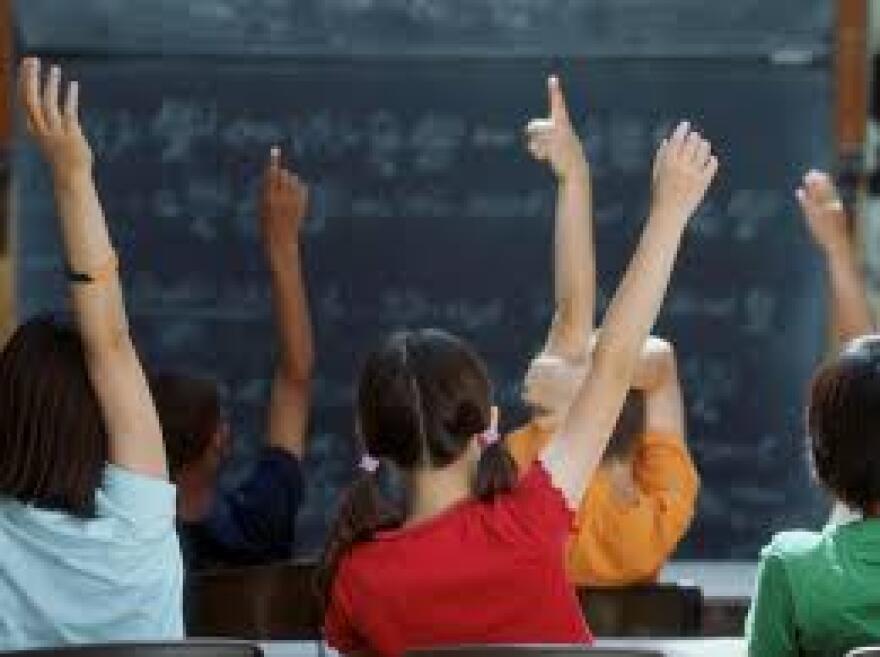Hispanic and African American children who live in poverty are falling behind, according to an annual report on child well being.
The Florida KIDS COUNT report, released today, shows that of the millions of children living in poverty in the state, those from minority groups struggled most in areas of education and household income.
“Hispanic and African-American children are disproportionately affected by poverty relative to white children,” said Florida KIDS COUNT Director Norín Dollard, from the University of South Florida's Department of Child & Family Studies at the College of Behavioral and Community Sciences.
She said the state's growing Hispanic population magnifies the problem.
“While the needs of all impoverished children need to be addressed, the impact of poverty on Florida’s Hispanic children is magnified disproportionately due to their rising numbers and high numbers living in areas of concentrated poverty.”
Florida KIDS COUNT is part of the annual nation survey from the Annie E. Casey Foundation. Its 2017 Race for Results report used 12 categories to judge the well-being of children, from being born at a normal weight to having a two-parent home. The study used a scale from 1, being the lowest to 1,000.
Hispanic youth in Florida ranked ninth nationwide when compared to the wellbeing of other Hispanic children in the United States. Native Americans, Pacific Islanders, and Caucasians scored higher.
While Dollard pointed to the growing gap involving Hispanic children, African-American children in Florida had the lowest well-being scores among their peers. Nationwide, only 18 percent of African–Americans youth scored at or above proficiency in reading in the fourth grade, and only 12 percent scored at or above proficiency in math in the eighth grade.
“It is outrageous, it unconscionable that we don’t do better,” said Dollard.
The report showed that some of the factors leading to minority disadvantages included: the need for financial support for schools in impoverished areas, help for families trying to make an income above the poverty level, and a lack of housing poor families can afford.
“I hope it [report] will keep a focus and a driving force on us to help all of our kids,” Dollard said.




